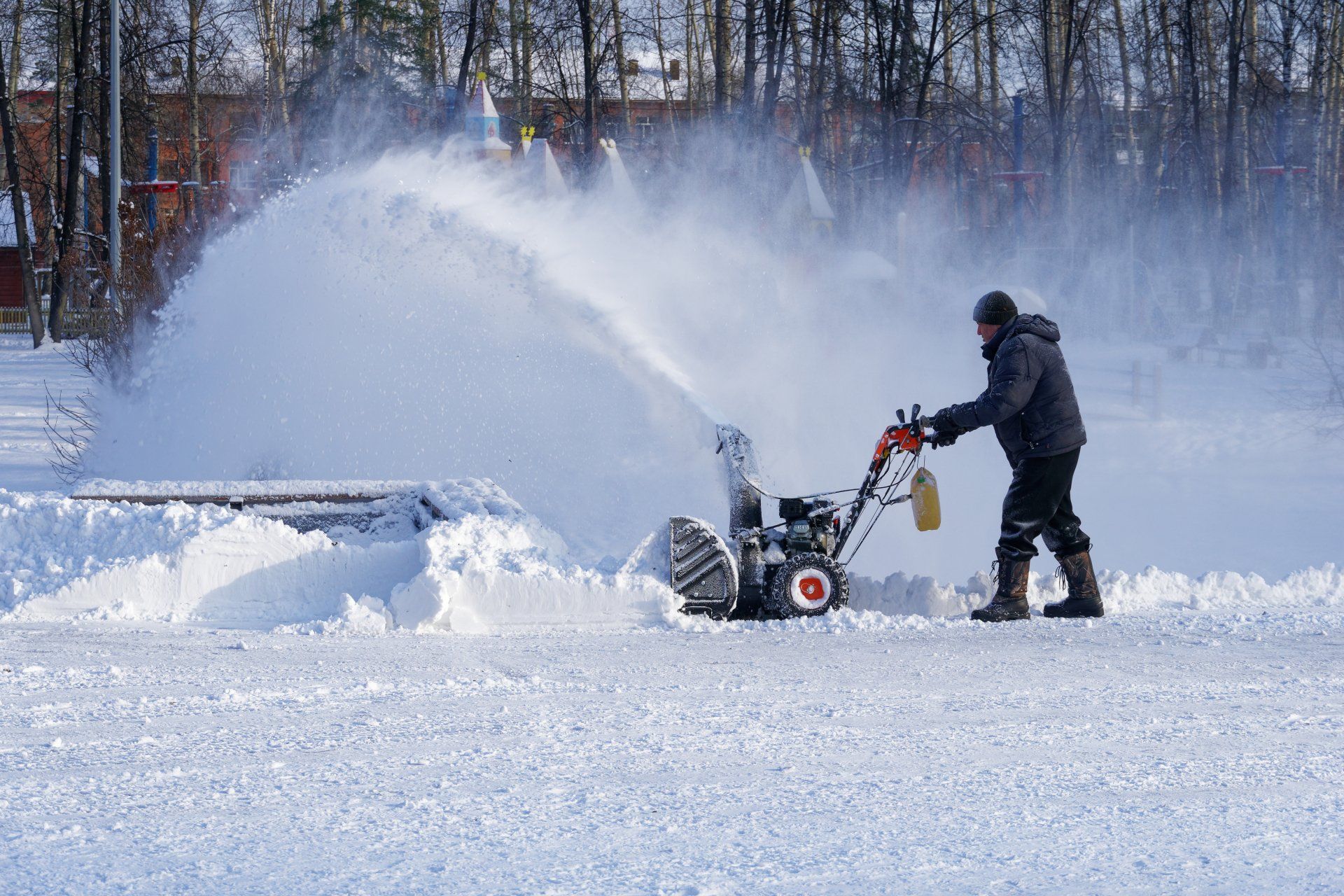Snow Removal
Snow removal is a necessary aspect of winter maintenance, particularly in regions that experience significant snowfall. Snow removal involves the clearing of snow and ice from roadways, sidewalks, and other public spaces. It is essential to remove snow and ice to maintain safe and accessible conditions for motorists, pedestrians, and emergency vehicles.
One of the most critical reasons for snow removal is to ensure public safety. Snow and ice can create hazardous conditions, particularly for pedestrians and motorists. Snow-covered roads and sidewalks can be slippery and difficult to navigate, increasing the risk of accidents and injuries. Snow removal helps to maintain safe and accessible conditions, reducing the risk of accidents and injuries.
Another reason for snow removal is to maintain access to essential services. Emergency vehicles, such as ambulances and fire trucks, require access to roads and sidewalks during winter weather events. Snow removal helps to ensure that emergency vehicles can reach their destinations quickly and safely, potentially saving lives in emergency situations.
Snow removal is also necessary for businesses to maintain their operations during winter weather events. Snow and ice can make it difficult for employees and customers to access businesses, reducing revenue and productivity. Clearing snow and ice from parking lots and sidewalks can help businesses maintain their operations and continue to serve their customers during winter weather events.
Contact Us

When it comes to snow removal, there are several methods available, including plowing, salting, and shoveling. Plowing involves the use of snowplows to clear snow and ice from roads and parking lots. Salting involves the application of salt to roads and sidewalks to melt ice and prevent the formation of new ice. Shoveling involves the manual removal of snow and ice from sidewalks and other public spaces.
Regardless of the method used, it is essential to prioritize safety during snow removal operations. Snow removal personnel should be properly trained and equipped to perform their duties safely and efficiently. They should also be aware of potential hazards, such as hidden obstacles or black ice, and take appropriate measures to address them.
In conclusion, snow removal is a vital aspect of winter maintenance that helps to ensure public safety and maintain access to essential services. Clearing snow and ice from roads, sidewalks, and other public spaces helps to reduce the risk of accidents and injuries and maintain safe and accessible conditions for motorists, pedestrians, and emergency vehicles. There are several methods available for snow removal, and it is essential to prioritize safety during snow removal operations. Proper training, equipment, and awareness of potential hazards are critical to ensuring safe and effective snow removal.
